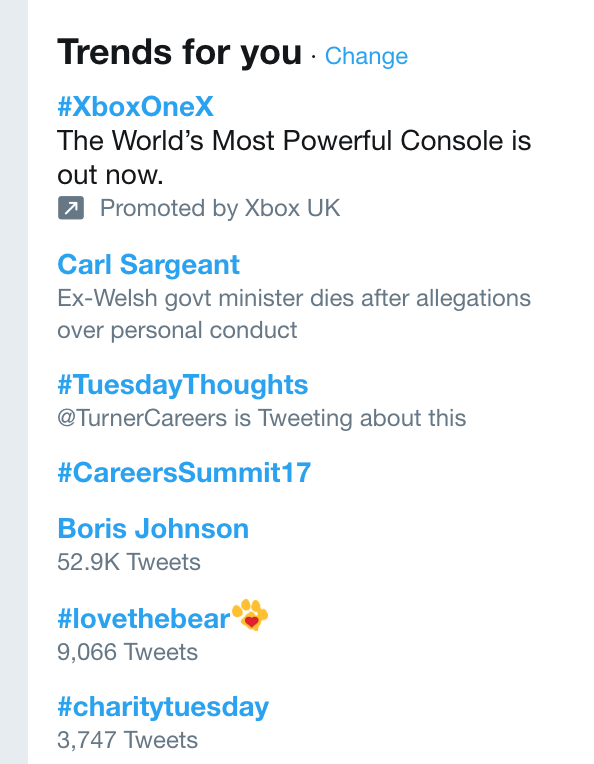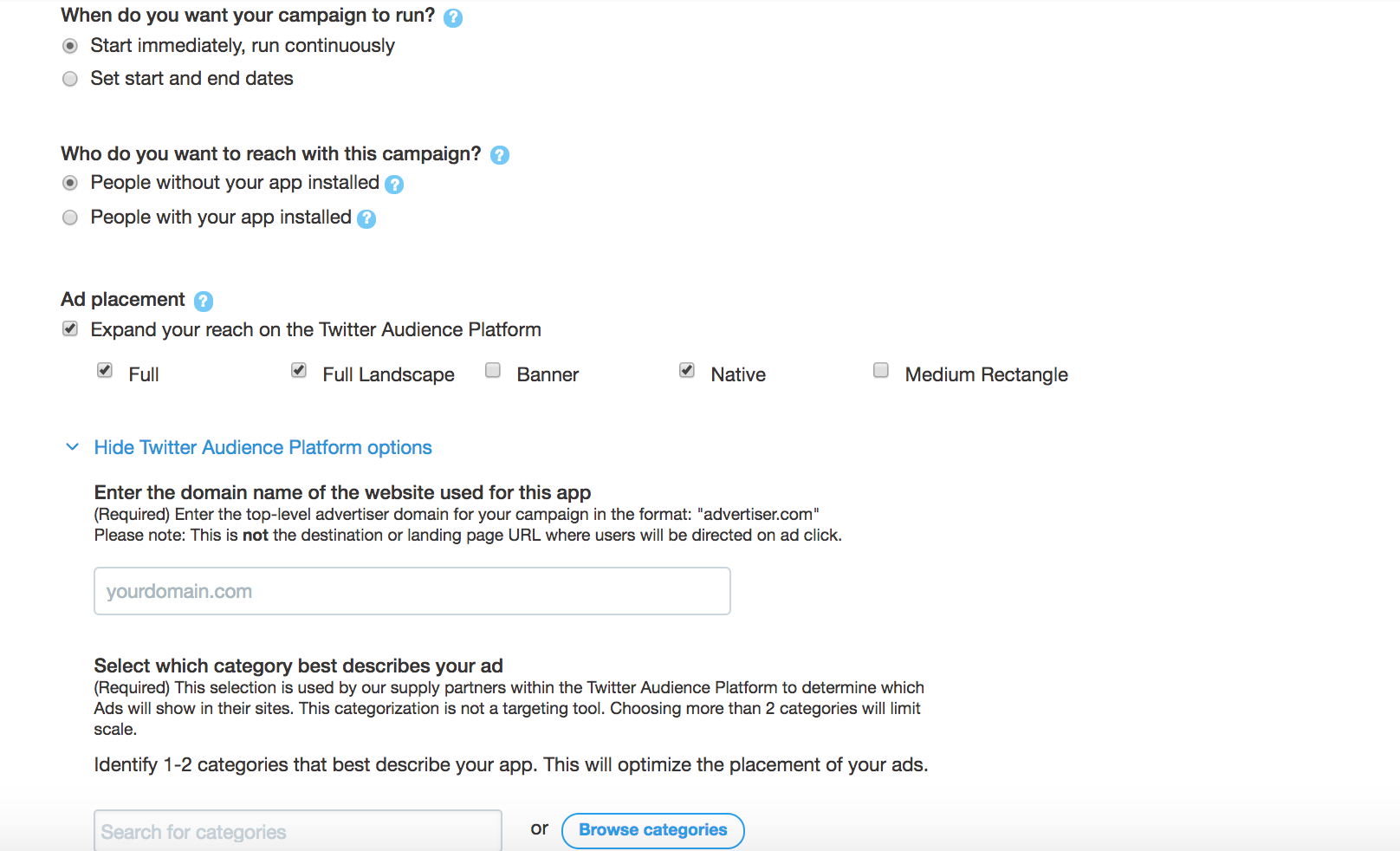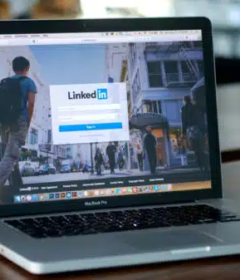How to get started with Twitter advertising

Twitter can be an effective platform to advertise your business. Here’s how to create the perfect ad for your campaign objectives.
Twitter counts a total number of 328 million monthly active users, with more than 500 million tweets sent each day. This brings out a great opportunity for brands to take advantage of the platform to promote their presence.
Twitter may not be the first option for many brands when setting up a paid social strategy, but it can still be a highly effective addition.
Over the past few years, Twitter has expanded its promotion types in order to encourage more brands to promote their business through its platform. The different promotion types and varying campaign objectives have engendered an increased interest in Twitter ads.
According to eMarketer, 41% of people on Twitter purchased products following exposure to an ad in the preceding 30 days.
This brings out a great opportunity for brands to explore the best ways to test Twitter advertising. The first step is to understand the different types of promotion, the campaign objectives, but also the target audience.
Deciding on the type of promotion
Twitter offers three different types of promotion:
Promoted tweets
Promoted tweets look like ordinary tweets, appearing directly in users’ feeds, with the difference being that they are labelled as “Promoted” and don’t need to come from an account that the user follows. They are displayed to the most relevant audience, and Twitter uses various signals to decide the relevance of each promoted tweet.
This allows brands to reach the best audience, while users are still exposed to tweets they might find interesting. As with regular tweets, they can be liked, retweeted and replied to.
They can be used to:
- increase awareness of a product or an event
- build engagement for a campaign
- drive traffic to a brand’s site
- promote sales and giveaways
Promoted accounts
Promoted accounts can help a brand boost its number of followers, reaching a new audience that can be interested in its content.
According to a study from 2016, 85% of people find promoted accounts useful in helping them discover new businesses on Twitter.
This type of promotion allows brands to show up in non-followers’ feed, which brings a great opportunity for increased awareness and new leads. A growing number of Twitter followers can create an engaged community, making it easier to promote a campaign.
The difference between promoted accounts and promoted tweets is that the first one focuses on the brand’s profile rather than its content. This means that it’s useful for targeting an audience that is either familiar with, or is interested in exploring, your particular profile.
Promoted accounts can be used to:
- increase brand awareness
- build follower count
- drive leads
- build paid traffic after users follow a brand
Promoted accounts show up in user’s feed in the suggestions of who to follow, but also in the search results.
Promoted trends
Promoted trends show up at the top of “Trending Topics”, and can be used by brands that want to promote a particular hashtag. They also show up in users’ feeds and once clicked, they lead to a combination of promoted tweets and organic results.
They are currently unavailable for self-serve advertisers and the cost is significantly higher, but they can also lead to great results in terms of improved awareness and engagement, especially for big brands trying to maximize their potential audience.
Deciding on a campaign objective
Twitter Ads are organised depending on the campaign objective that each brand sets. This way it’s easier to focus on specific results that are based on the KPIs that should be reached.
Twitter’s available campaign objectives focus on:
Awareness
An awareness campaign helps your message reach as many people as possible. The cost is based on the number of impressions your tweets collect, but it can also lead to increased likes, retweets and mentions. This type of campaign is useful when launching a new product, when promoting a sale, or even when trying to establish a new social presence.
Followers
If your brand is still new to Twitter, then a campaign to gain followers may be the first step to build the right audience. It focuses on the number of new followers a profile gains, helping a brand accelerate its growth. It’s usually wise to provide people with a good reason to follow your profile, whether it’s a special offer or a discount.
Video content tends to be inherently more engaging on social media, but a boost can still be useful. Twitter allows you to enhance the reach of your GIFs or videos, charging by the number of final views.
This way, videos reach a more targeted audience, increasing the chances of engagement. As with all video ads, it’s important to create appealing content that grabs the audience’s attention to keep on watching.
Website clicks or conversions
Achieving conversions via social media is a universal challenge. A Twitter ad campaign that focuses on website clicks or conversions is useful in the promotion of a guide, a special offer, or product purchase. The cost depends on the number of clicks, while a conversion campaign can provide an overview of the actual conversions, rather than simply the number of clicks.
It is also possible to include a website card with this type of campaign, displaying a preview of your site along with the tweet to make the call-to-action clearer.
Tweet engagements
A tweet engagements campaign aims to promote your tweets to a relevant audience. The goal is to start a conversation by placing the best content in front of your target audience. As Twitter points out, increased engagement brings more chances of brand lift and offline sales.
App installs or re-engagements
App install campaigns aim to help your brand promote a new application. The focus is on mobile users and the charge considers the number of app clicks or installs. This type of campaign targets the audience that is more likely to install or engage with your app, and maximizes the chances of driving traffic and interest to the application.
Twitter’s various targeting capabilities make campaigns more efficient, while the measurement involves conversion reporting to analyse the impact of the campaign towards conversion.
Deciding on the most relevant targeting
One of the most interesting features in Twitter Ads is the targeting options they offer. Twitter Ads become more effective by reaching the most relevant audience for each occasion.
Twitter’s targeting capabilities include:
- Language: Narrow down the audience to a particular language
- Gender: Target a specific genre
- Interest: Find the perfect audience through the interests that match your brand’s products
- Follower: Target the followers of relevant accounts to increase the chances of finding an engaged audience
- Device: Focus on particular devices to increase the chances of an effective campaign
- Behavior: Reach the audience that matches your brand’s expectations regarding their shopping and spending habits
- Tailored Audiences: Upload your CRM lists and find specific people on Twitter
- Keyword: Target people who used a particular keyword in their recent tweets
- Geography: Focus on specific geographic areas depending on the needs of each campaign
- TV: As Twitter improves its relationship with TV networks, this targeting allows brand to engage with TV fans around specific shows, spanning from the network to the genre of the show
- Event: A campaign can revolve around a specific event and thus, the promotion is aiming at a specific audience. The relevance is high, which may require a larger budget to beat the competition, while also increasing the chances of finding the perfect audience
What we can learn from the various targeting options is that every campaign has different goals and thus, a different audience. It’s useful to experiment with all the targeting suggestions as much as possible to understand how each option can help your brand’s plans.
Setting a budget
Setting a budget for your campaign can depend on what your goals are. In general, the budget and the bidding options are adjusted through each individual campaign.
Twitter allows you to set a daily budget, along with a total budget for the campaign as a whole, to make sure that you don’t go over-budget by accident.
Bidding can be automatic, or it can include a maximum bid. This may reflect each company’s budget, but also the competition on each campaign and the targeted audience. Thus, the budget may be different from one campaign to another, especially when reaching a new audience.
Overview
Twitter is powerful in starting a conversation, influencing people over purchasing decisions, or simply setting up new trending topics. All of these can be valuable for brands trying to increase their reach, engage with their followers, drive traffic to their site, or promote a new offer.
Twitter ads are highly useful provided that they are used to target the most relevant audience in a way that they will genuinely connect with.
As with organic social media, different types of content can be more successful, with creative and authentic messaging giving you the best chance of success.
The various different targeting option can help brands to custom-build the perfect audience for each campaign. It may take some time to know how each type of targeting can help your campaign, but the testing with a smaller budget at first can ensure a message is sent to the most relevant audience.








